Audience knowledge is vital to developing effective marketing strategies in the digital world. One of the most effective means at your disposal is user tracking, which gives you valuable information on how users engage with your websites and applications. Looking at the user’s activity on the web, you can provide them with customized content, target your advertisements, and optimize your work in general. This article will cover all these aspects of user tracking, including their benefits, tools, ethical concerns, and the technique’s future so that you can best use this effective method for your digital marketing strategy.
1. What is User Tracking?
Tracking users is a technique digital marketers employ to determine people’s behavior as they engage with websites and applications. It encompasses gathering information about what users do on the Internet, the Web pages they interact with, which links they activate, and the time spent on a website. Imagine it as being like having an online assistant that explains to you all about your visitors and their preferences.
How Does Tracking Work?
They perform tracking functions with the help of cookies and tracking pixels. Cookies are small files on a user’s device that record their activities. Pixels are small images placed on web pages or in emails. Once these are opened, the pixel sends information back to the server. Together, these tools build a complete picture of the user’s activity across the web.
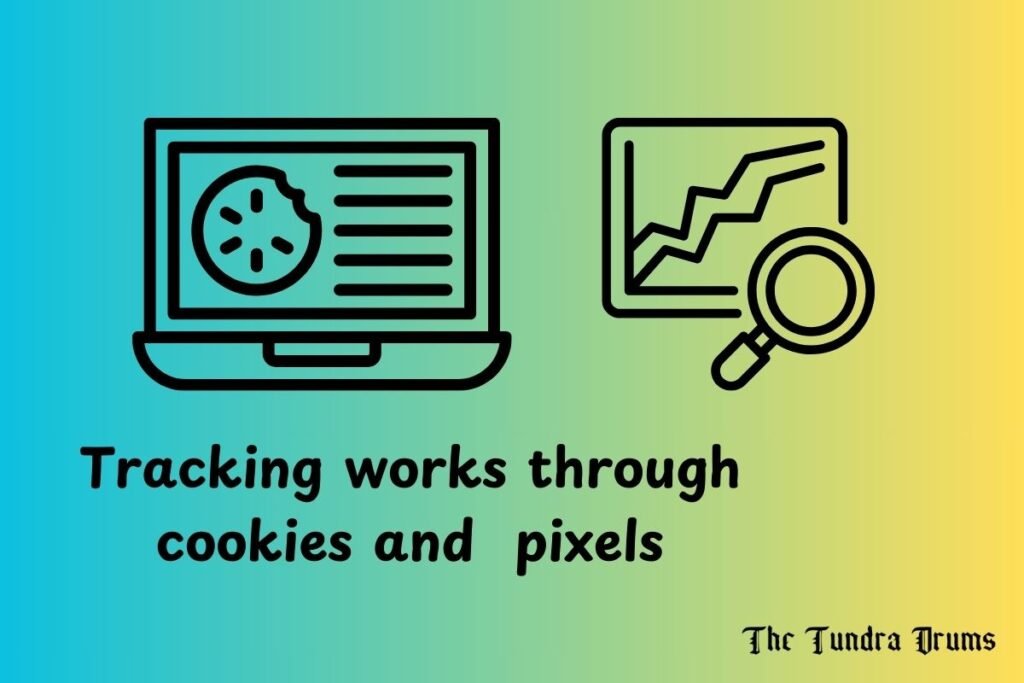
2. Significant Advantages of Tracking Users
i) Personalized User Experience
One significant advantage of tracking users is a personalized user experience. According to a study by Epsilon, this strategy leads to 80% of the consumers being more likely to make a purchase. It will help you learn about user likes and behavior, making it easier to fine-tune the content according to user likes. This means that the audience will be more willing and open to interact with your brand and potentially make a purchase.
ii) Improved Targeting and Segmentation
Tracking data allows the audience to be divided into different categories according to their activity and interest. This means that when you advertise, you can send particular messages, vouchers, or special sales to either or all the groups. For instance, you can develop a specific advert for people who were formerly interested in similar products.
iii) Enhanced Campaign Performance and ROI
With marketing analytics, you can observe which marketing activities have been practical and which have yet to be successful. These assist in fine-tuning communication campaigns to get the optimum value for money, time, and other resources. It is just like having a map directing marketing activities to higher profits.
iv) Data-Driven Decision-Making
Tracking is factual information that can be helpful when making decisions instead of going ‘beetle-browed’ and guessing what to try. It allows for observing which strategies are beneficial and changes to the plan based on the user’s experience, thus creating effective marketing campaigns.
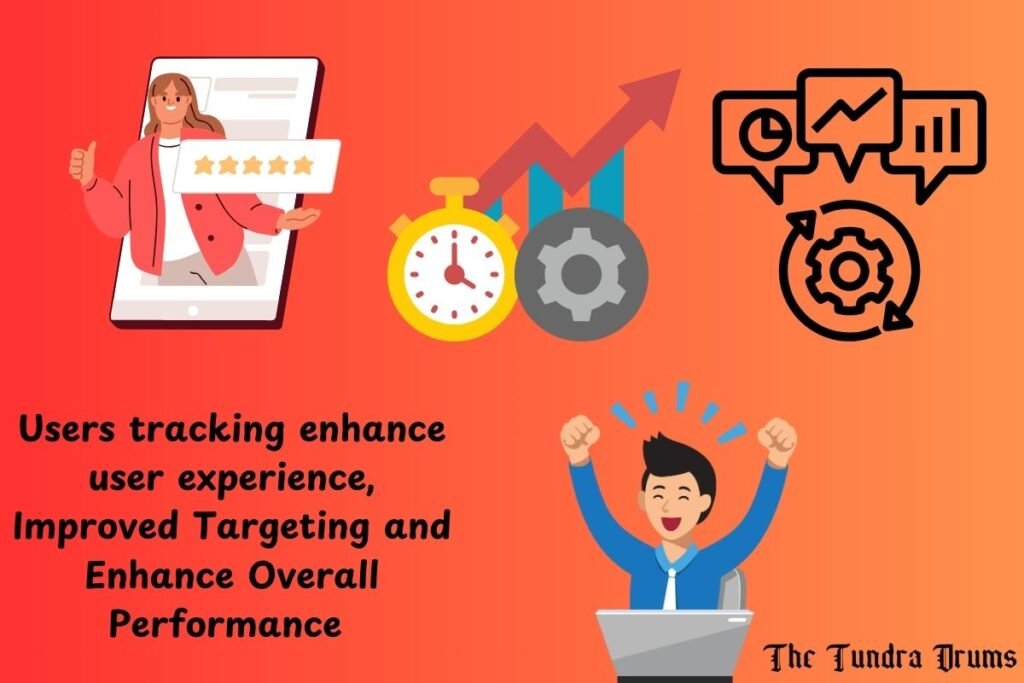
3. User Tracking Tools and Technologies
i) Google Analytics
It is a tool for monitoring and analyzing website traffic. It offers information regarding visitors’ behavior, the most viewed pages, and how they locate your site. It is the best way to start comprehending your audience.
ii) Facebook Pixel
Facebook Pixel is a tool that helps monitor consumers’ behavior on your website after they have viewed or clicked on an FB ad. You can use it to assess the effectiveness of your ads, target people who have visited your site earlier, and generate new audiences similar to the previous ones.
iii) CRM Systems and Marketing Automation Tools
Most established technologies, such as Customer Relationship Management (CRM) systems and marketing automation software such as Hubspot and Mailchimp, enable the tracking of people’s interactions and automatically provide follow-up. These tools facilitate customer relationship management and the proper running of marketing affairs.
iv) Heatmaps and Session recording tools
Talking about tools, Heatmaps paired with session recording tools like Hotjar and Crazy Egg demonstrate where your visitors click and how they do it. Such conspicuous information enables you to recognize some of the user habits and potential issues on the website.
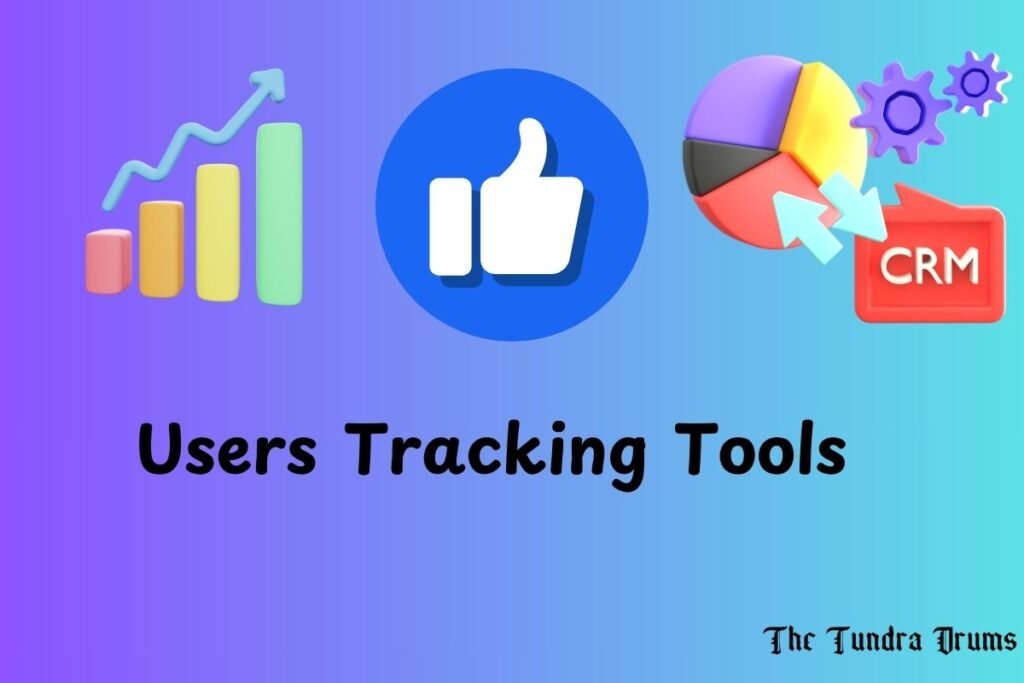
4. Ethical Issues and Data Privacy
i) Privacy Regulations
Privacy is critical when tracking users. The General Data Protection Regulation (GDPR) in Europe and the California Consumer Privacy Act (CCPA) in the U.S. set some boundaries and guidelines on how companies should handle personal information. Such regulations give users control over their data and how it is utilized.
ii) Best Practices for User Consent
To implement these privacy regulations, you must obtain consent from users to track their data. This usually involves making a prominent and straightforward notice regarding your privacy or cookie consent on your site. People should be able to consent to being tracked or not, and your service must honor their decision.
iii) Balancing Tracking with User Privacy
According to USA Today, 79% of U.S. adults are concerned about how companies use their data. Although tracking can significantly contribute to business promotion, it must not be abused to prejudice users’ privacy. Be careful with tracking data; do not collect more than necessary data. When collecting user data, it is good to explain to the users what data you are taking and how you will use it. The same applies to public relations since rega+rd for users’ privacy can also be used to strengthen a brand image. By respecting users’ privacy, you will gain audience trust, which will directly increase your brand reputation.
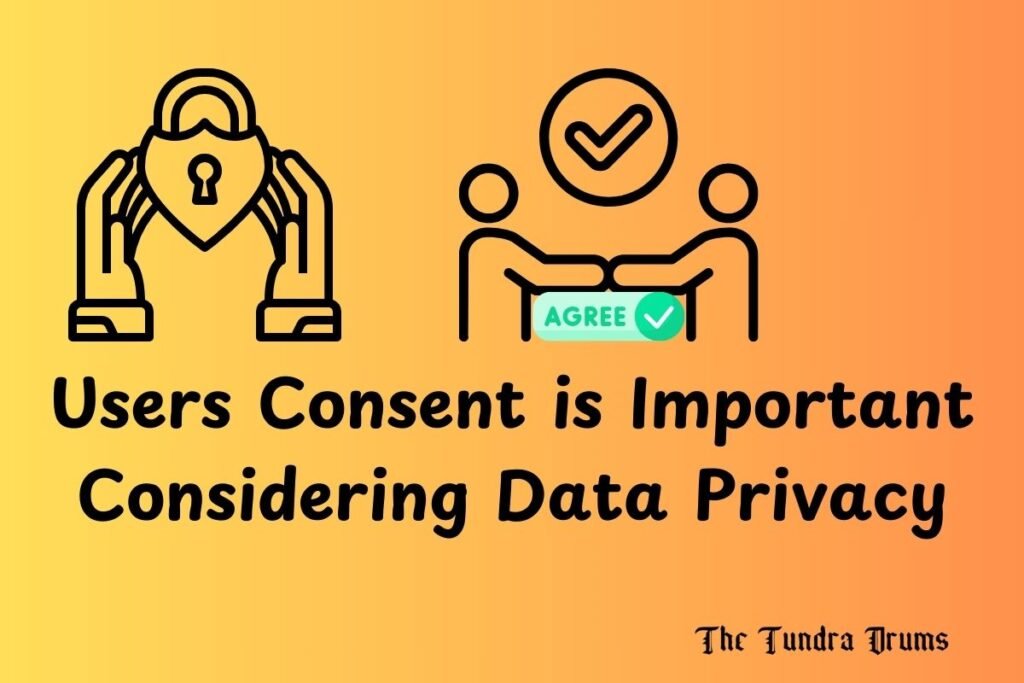
5. Implementing User Tracking Tactics
You must install the necessary tools on your website or app to start user tracking. For instance, you must install tracking codes like Google Analytics and Facebook Pixel on your website. These tools should be installed and implemented according to their guidelines to ensure they collect proper user data.
i) Integrating Tracking Tools with Marketing Platforms
To get the most from tracking, integrate the tracking tools with the marketing platforms. This will help the tracking tools collect data from different areas, like email marketing and social media, providing a complete picture of user interactions.
ii) Tracking Data Analytics and Getting Some Implications
After that, once you begin gathering data, the following process is data analysis. There should be a proper analysis of the data to identify the resulting trends in the actions of the users to understand which approaches are practical and, at the same time, which are not. For instance, if you find that the users are partially exiting from a specific page, it may be an issue of concern. They will help enhance the proper marketing techniques for effectively honing the user’s experience.
6. Case Studies and Examples
Let’s look at some examples of how user tracking has helped businesses. For example, an e-commerce firm might aim to find out which products attract attention but only some actual sales. From this data, they might adjust their product descriptions or create attractive offers to capture people’s attention.
Another example is a content publisher that uses a tracking tool to track the popularity of its articles. This way, the publisher knows what interests readers and can generate material to help them. These highlights illustrate how tracking can make data come alive and provide tangible outcomes.
How Tracking Enhanced Marketing Strategies
Tracking has also helped enhance marketing strategies. For instance, a traveling agency may, with the help of data, create personalized emails to influence people who have searched for travel necessities. Thus, it helps them to offer packages and recommendations for renting houses and apartments to boost the chance of booking.
In another case, a fashion retailer may use heatmaps to find out which areas of the website are attracting the most attention. Promoting or placing products on features can improve usability and increase sales in such areas. These cases have demonstrated how, by using tracking data, one can be in a better position to market properly.
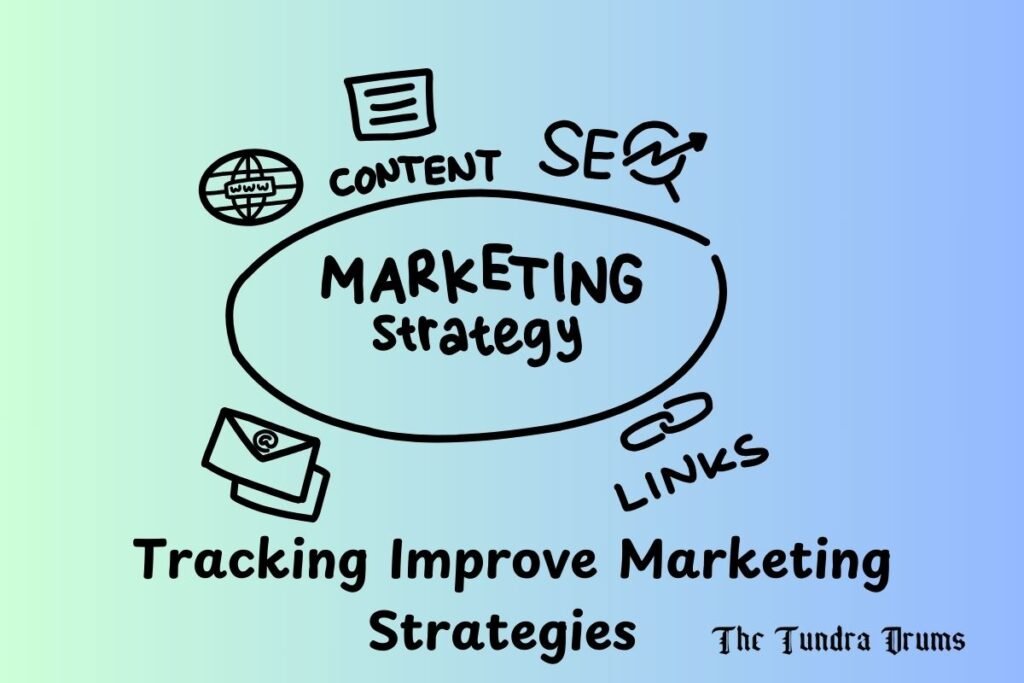
7. Future Trends in User Tracking
In the world of user tracking, the technologies are constantly changing and developing; what is new is yet to be seen. For instance, artificial intelligence (AI) in digital marketing has emerged as a distinctive tool that enables the analysis of user data and behaviors in an adequately rationed manner, predicting and personalizing them. Moreover, the focus on more private approaches to monitor consumers is getting stronger, and it is moving towards such methods as fingerprinting and contextual tracking that do not require cookies.
Predictions for the Future
User tracking will be incorporated more into innovative technologies in the future. Over time, privacy regulations are likely to change, forcing corporations to use other means of tracking users’ data while ensuring that they respect their privacy. New tools like machine learning and real-time analytics will provide deeper insights, allowing marketers to produce more relevant campaigns.
Conclusion
User tracking is a fundamental part of current digital marketing techniques that provide users with data that enable more efficient and individual approaches. It allows for understanding the users’ behavior and preferences and adapting the marketing activity to achieve the best results of the campaigns. Nevertheless, these insights must be leveraged responsibly, meaning that while using tracking, it is also necessary to be careful with users’ data and privacy. Holding onto these practices will not only improve your marketing results. But, it will also help gain the trust of your target audience in the digital sphere, which is critical for long-term brand success.










